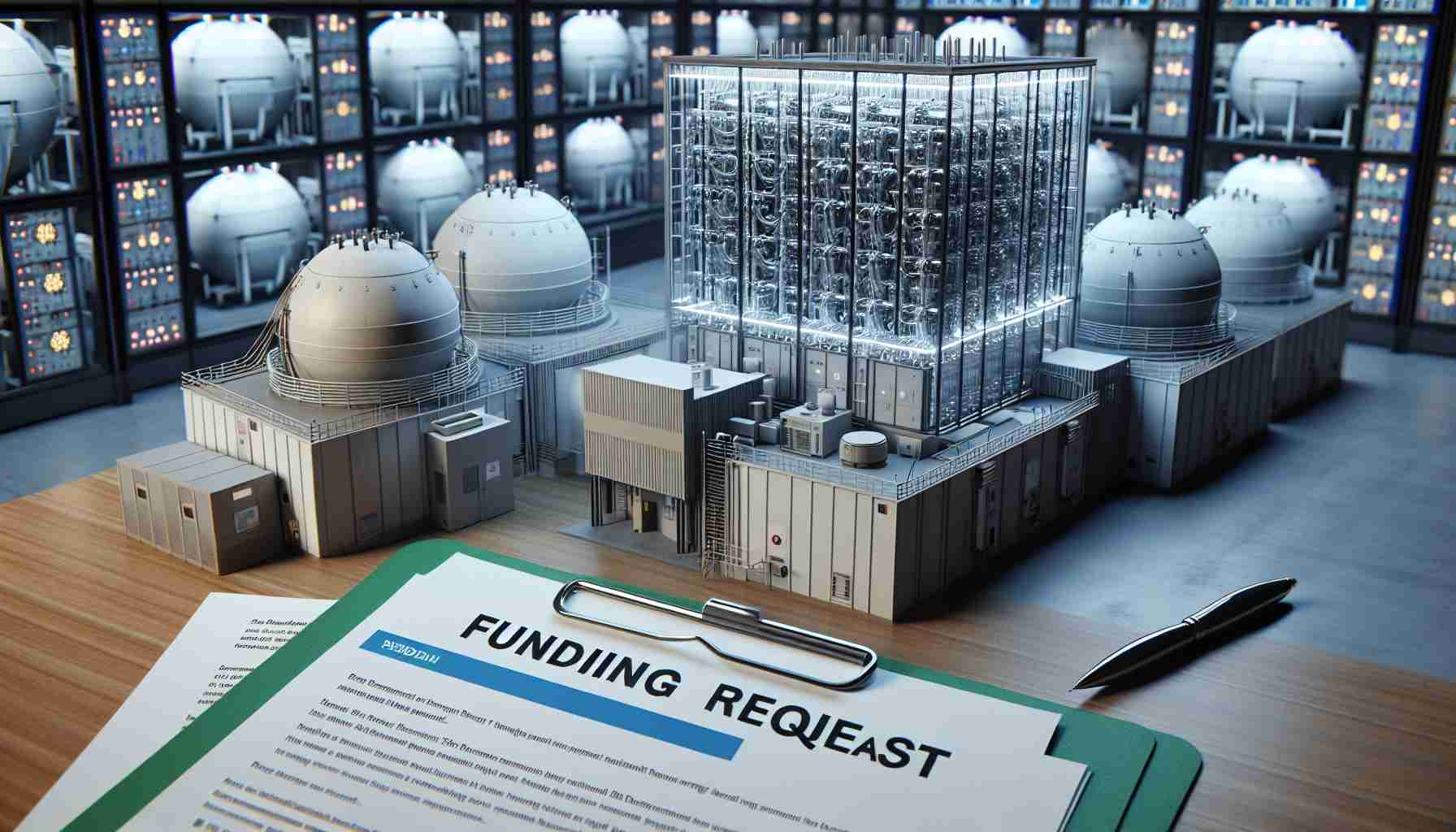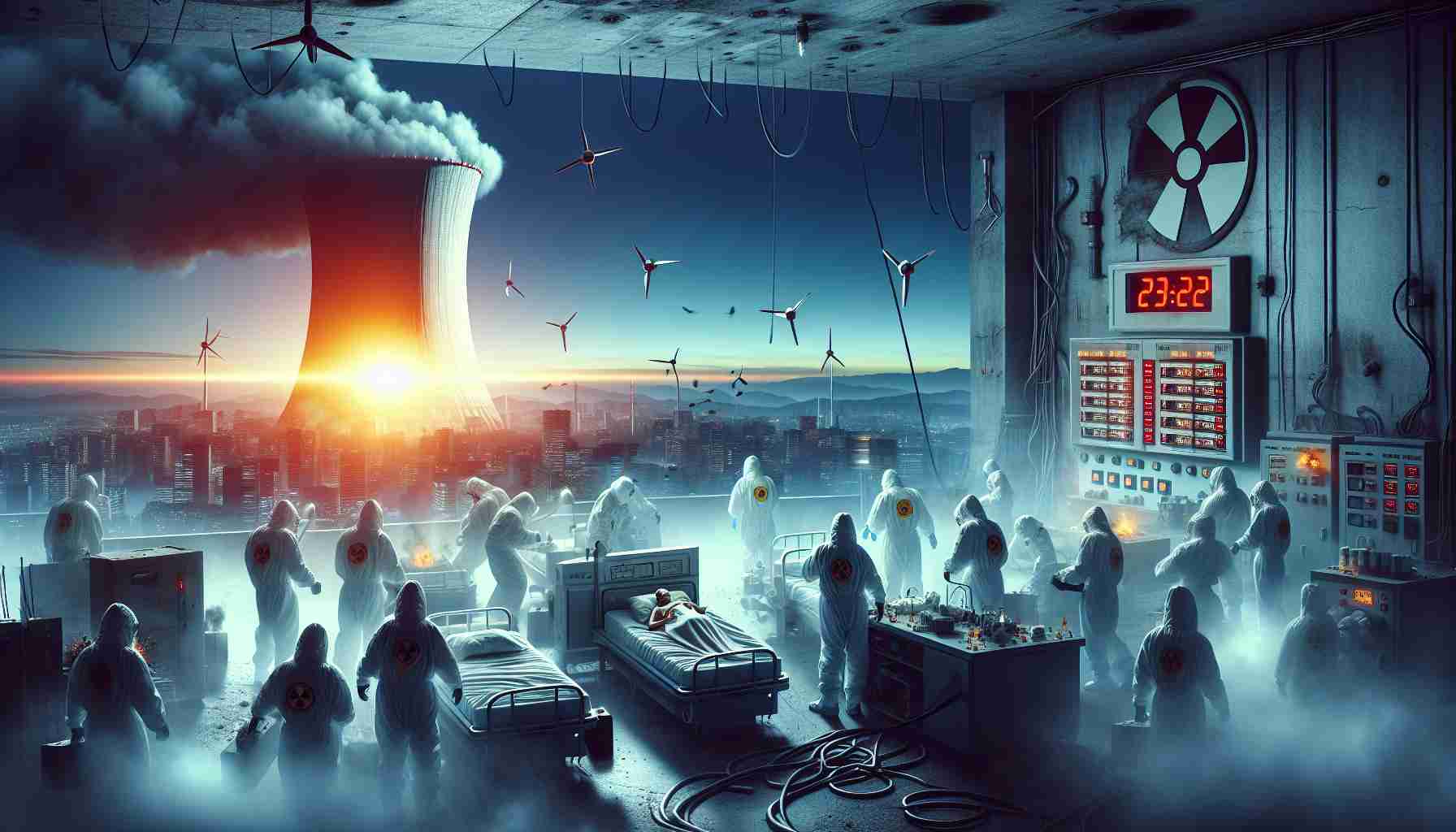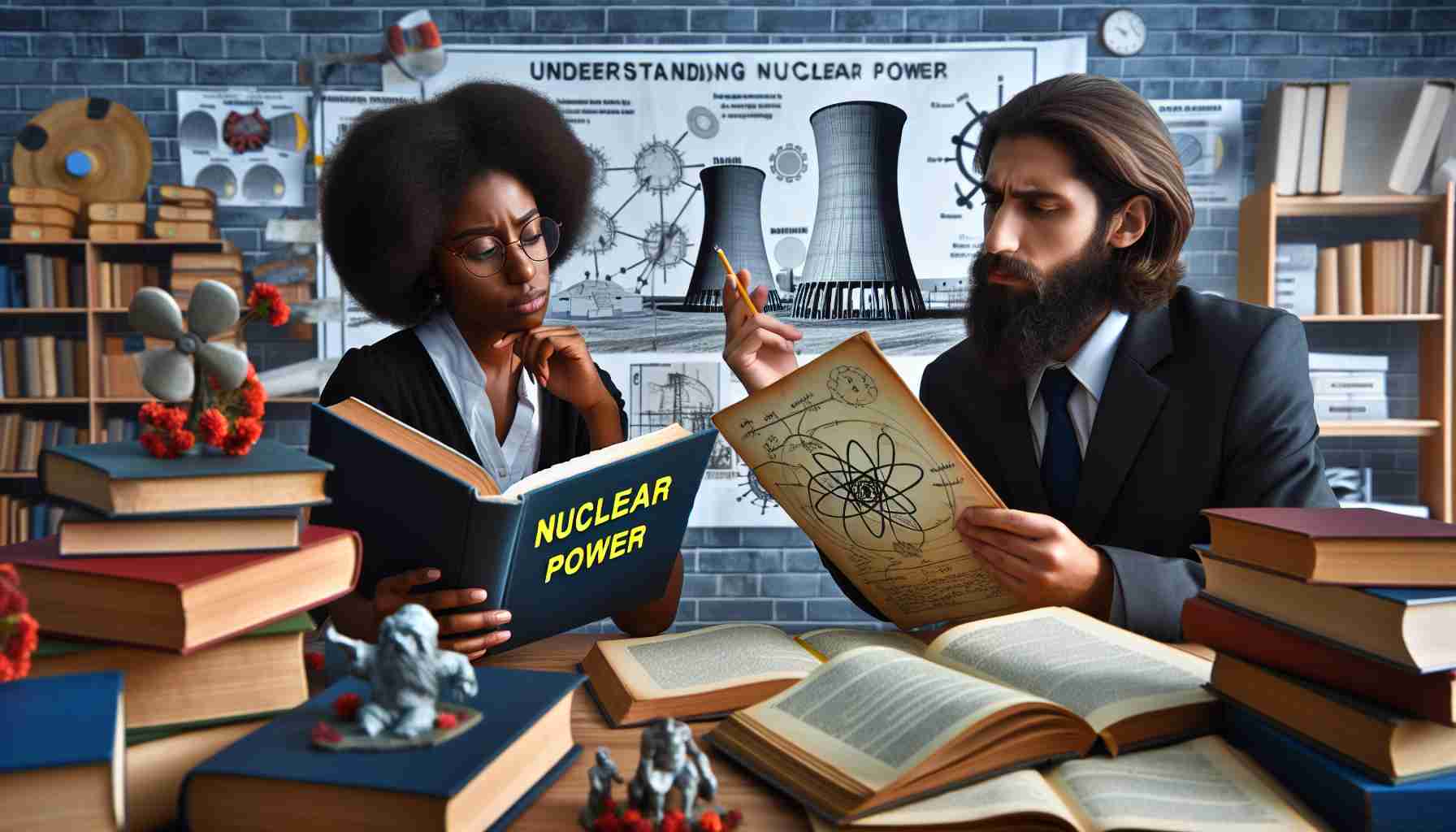Revolutionizing Energy with Small Modular Reactors
In an exciting development for the U.S. energy landscape, a coalition spearheaded by the Tennessee Valley Authority (TVA) is seeking a substantial $800 million from the U.S. Department of Energy. This funding aims to accelerate the deployment of small modular reactors (SMRs), a cutting-edge technology that could reshape how the country generates power. The coalition includes influential players like GE Hitachi Nuclear Energy and Duke Energy, showcasing a formidable collaboration across the energy sector.
This undertaking focuses on the BWRX-300, a small reactor designed for safety and efficiency, producing between 50-350 megawatts of electricity. The TVA plans to initiate operations at the Clinch River site in Tennessee, where the funding could expedite construction timelines by up to two years, targeting commercial operations by 2033.
Industry leaders emphasize that integrating advanced nuclear technology will play a pivotal role in enhancing energy security. The coalition aims to not only develop these reactors but also foster domestic manufacturing and supply chains, ultimately reducing costs and enhancing collaboration in the sector. Duke Energy and others involved highlight the importance of partnerships in leveraging technology and sharing industry insights to deliver value to customers and communities.
As the U.S. moves toward a cleaner energy future, this funding request represents a significant step in advancing nuclear energy and meeting the nation’s energy demands sustainably.
The Broader Impact of Small Modular Reactors on Society and the Environment
The push for small modular reactors (SMRs), spearheaded by entities like the Tennessee Valley Authority, carries profound implications for society and the global economy. With the urgency of climate change pressing down, there is a vital need for reliable and sustainable energy sources. SMRs, with their smaller footprint and enhanced safety features, could significantly reduce reliance on fossil fuels, contributing to a more resilient energy grid and promoting energy security.
The economic ramifications are noteworthy as well. By fostering domestic manufacturing and supply chains, the SMR initiative is poised to stimulate job creation within the nuclear sector. This includes not only construction jobs but also long-term positions in operation and maintenance. Moreover, the technological advancements pioneered by companies such as GE Hitachi Nuclear Energy can position the U.S. as a leader in nuclear technology, opening avenues for exports and international collaborations.
On the environmental front, the adoption of SMRs could dramatically curb carbon emissions. Nuclear power, recognized for its ability to provide continuous energy without the greenhouse gas emissions associated with traditional power plants, can thus play a crucial role in meeting international climate commitments.
As we look toward the future, the integration of SMRs signals a shift in public perception towards nuclear energy. Emphasizing safety, efficiency, and community engagement may help alleviate broader societal concerns, paving the way for a more sustainable energy framework nationally and globally. The successful implementation of SMRs may not only reassure stakeholders but also redefine the narrative surrounding nuclear power in the 21st century.
Unlocking the Future of Energy: The Promise of Small Modular Reactors
Revolutionizing Energy with Small Modular Reactors
The U.S. energy landscape is on the cusp of a significant transformation as a coalition led by the Tennessee Valley Authority (TVA) seeks $800 million in funding from the U.S. Department of Energy to accelerate the implementation of small modular reactors (SMRs). This initiative underscores a strategic shift towards innovative energy solutions, focusing on the BWRX-300, a promising small reactor model capable of generating 50-350 megawatts of electricity.
# Key Features of Small Modular Reactors
Small modular reactors represent a compact and flexible approach to nuclear energy, distinguished by several key features:
– Safety: SMRs are designed with advanced safety systems that require minimal operator intervention. They utilize passive safety features that can operate without external power.
– Scalability: The modular nature of SMRs allows for phased construction, meaning they can be built incrementally to match energy demand.
– Efficiency: These reactors optimize fuel usage and can reduce waste compared to traditional reactors.
– Reduced Construction Time: The standardization and modular design can significantly shorten the build time, with projects potentially starting operations within a quicker timeframe compared to large-scale reactors.
# Pros and Cons of Small Modular Reactors
Pros:
– Enhanced safety protocols.
– Flexibility in deployment and scaling.
– Environmental benefits through low carbon emissions.
– Potential for job creation in manufacturing and operation.
Cons:
– High initial capital investment.
– Public perception challenges regarding nuclear safety.
– Regulatory hurdles that may delay deployment.
# Future Trends in Nuclear Energy
As the U.S. transitions to cleaner energy, the adoption of SMRs could play a critical role. With global energy demands growing, SMRs may help bridge the gap in carbon-neutral energy solutions. The TVA’s focus on fostering domestic manufacturing and supply chains is indicative of a broader trend toward sustainability and self-sufficiency in the energy sector.
# Use Cases and Applications
Small modular reactors can be employed in various scenarios:
– Remote Locations: SMRs can provide reliable power to remote or off-grid communities.
– Industrial Applications: Heavy industries requiring substantial energy can benefit from the consistent output of SMRs.
– Integration with Renewables: SMRs could serve as a stable energy source to balance intermittent renewable energy sources like solar and wind.
# Market Analysis
The global SMR market is projected to grow significantly, driven by the demand for clean energy solutions. Countries worldwide are investing in nuclear technology to achieve climate goals, with collaborations similar to the TVA’s active across Europe and Asia.
Predictive models suggest that SMRs could account for a substantial portion of the world’s energy supply by 2040 if current trends continue.
# Innovations and Security Aspects
Ongoing research is poised to enhance the capabilities of SMRs, including digital monitoring technologies and cyber-security measures tailored to protect against emerging threats. This focus on security will bolster public confidence as these technologies are rolled out.
# Conclusion
The push for small modular reactors marks an important juncture in the U.S. quest for sustainable and reliable energy solutions. As the coalition led by TVA moves forward, the successful deployment of SMRs could not only reshape the energy landscape but also contribute significantly to national energy security and sustainability goals.
For more information on energy innovations, visit Department of Energy.
The source of the article is from the blog revistatenerife.com



